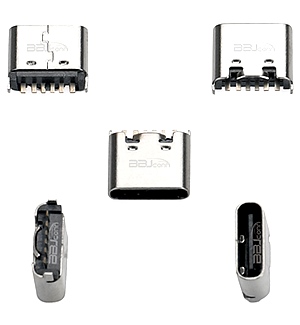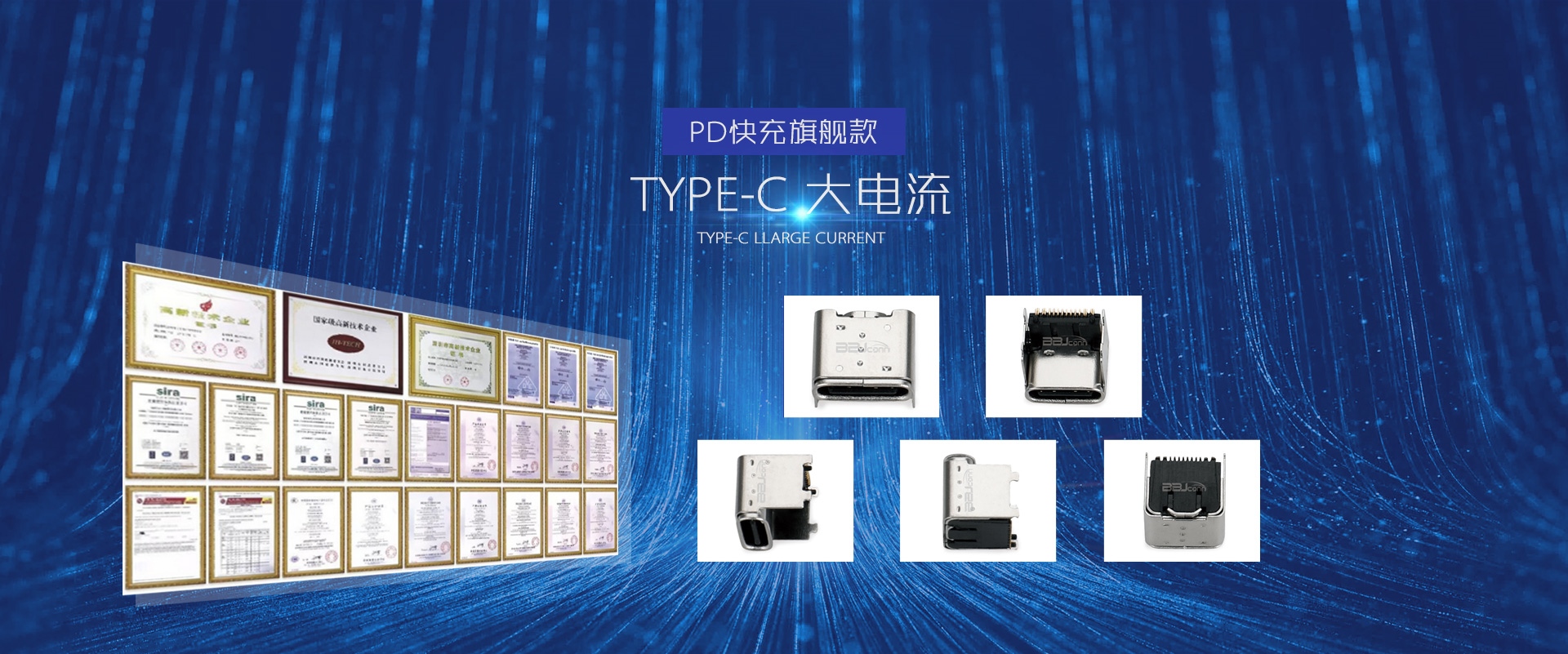Constant temperature and humidity experimental analysis of TYPE-C fast charging connector
TYPE-C fast charging connectorIt plays a vital role in modern electronic equipment, especially today as fast charging technology becomes increasingly popular. As users increase their requirements for charging efficiency and device performance, it is important to ensure the reliability of connectors under various environmental conditions. It is particularly important. As a standard environmental testing method, constant temperature and humidity experiments can effectively evaluate the performance and durability of TYPE-C fast charging connectors and provide scientific basis for product design and production.
The main purpose of the constant temperature and humidity experiment of TYPE-C fast charging connector is to simulate the performance of the connector under extreme environmental conditions. The experiment is usually conducted under specific temperature and humidity conditions. Common standard conditions are high temperature and humidity (such as 60 degrees Celsius) ,93 percent relative humidity) and low temperature and humidity (such as -10 degrees Celsius, 30 Percent relative humidity). Through such experiments, it is possible to observe problems such as oxidation, corrosion, and physical deformation that may occur in the connector in a humid environment. If these problems are not resolved, the performance of the connector may decrease or even fail completely. .
The testing process of TYPE-C fast charging connectors in constant temperature and humidity experiments generally includes pre-treatment, exposure testing and subsequent evaluation. During the pre-treatment stage, the connector needs to be placed under standard environmental conditions for a period of time to ensure that its condition is stable. Subsequently , the connector is placed in a constant temperature and humidity experimental box and undergoes a certain period of high temperature and high humidity or low temperature and low humidity environment. After the experiment is completed, the appearance, function and electrical performance of the connector will be comprehensively evaluated to ensure that it can meet the expected use Require.

The material selection of TYPE-C fast charging connector plays a key role in constant temperature and humidity experiments. The physical and chemical properties of different materials directly affect the performance of the connector in humid environments. For example, the moisture resistance of the plastic shell, metal contact The corrosion resistance of points, etc., are all important factors that need to be considered during design. When selecting materials, engineers need to ensure that they will not expand, deform, or decrease in conductive properties in a long-term high-humidity environment.
The connection performance of the TYPE-C fast charging connector is also an important consideration in constant temperature and humidity experiments. In a humid environment, the contact resistance of the connector may change, thereby affecting the charging efficiency. Experiments usually measure the performance of the connector under different environmental conditions. The contact resistance and on-resistance under the conditions can be used to evaluate its reliability in actual use. In addition, frequent plugging and unplugging operations will also affect the performance of the connector to a certain extent, so the simulated use process should also be considered in the experiment. Mechanical fatigue testing.
The durability of TYPE-C fast charging connector is an important basis for consumers to choose, and constant temperature and humidity experiments are an important means to verify its durability. Through long-term environmental testing, we can select the ones that still perform well under extreme conditions. connectors, reducing the failure rate in subsequent use. This not only helps improve the user experience, but also lays the foundation for the brand to establish a good market reputation.
Although the constant temperature and humidity experiment of TYPE-C fast charging connector seems to be a relatively simple process, the depth of science and technology contained in it cannot be underestimated. With the continuous advancement of technology, future connectors will be Achieve greater innovation in materials, design and testing methods to meet the growing market demand. Through systematic experimental analysis, the design and production of TYPE-C fast charging connectors will become more scientific and refined, providing Provide users with a safer and more reliable charging experience.
